Because it is an important part of the transmission system, when the gearbox has problems, the repair cost is often very expensive, not to mention the car may have to "stay in the workshop" for many days, causing inconvenience to the user.
According to auto engineer Nguyen Van Ha, director of an auto service center in Nam Tu Liem, Hanoi , there are mistakes that seem small but silently destroy the gearbox every day. Below are 5 common habits that almost every Vietnamese driver has made at least once.
Lazy to change gearbox oil
A common misconception is that transmission fluid is a “permanent fluid” that never needs to be changed. In fact, all car manufacturers recommend changing transmission fluid every 60,000 to 100,000 km, depending on driving conditions and vehicle type. But many people never do it.
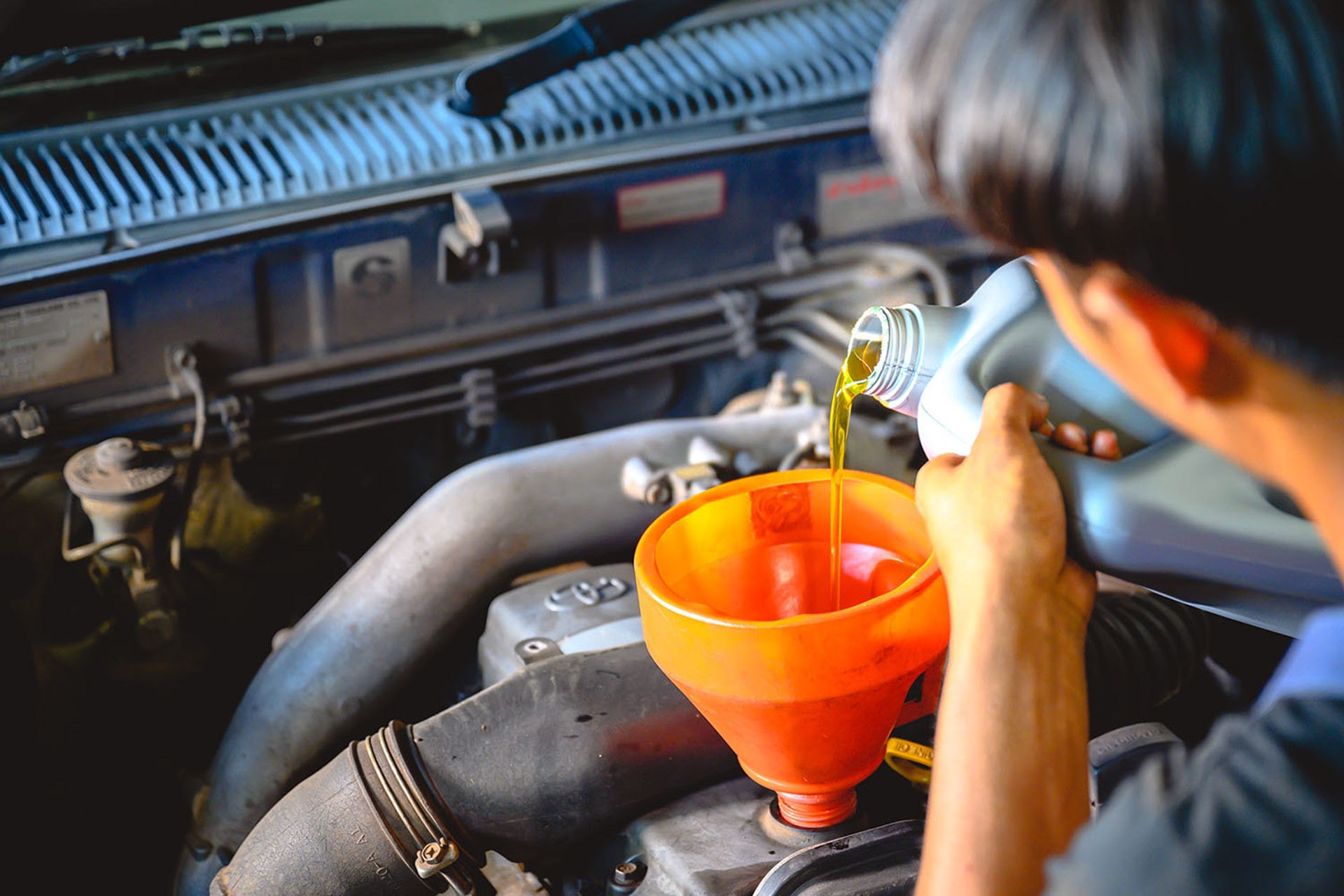
Engineer Ha explained: "Gearbox oil has the function of lubricating, cooling and maintaining hydraulic pressure in the gearbox. If not changed periodically, the oil will deteriorate, causing the gears and clutches inside to wear out quickly. Therefore, not changing the gearbox oil periodically as recommended by the manufacturer is one of the leading causes of rapid gearbox failure."
The result is that the gearbox operates jerkily, makes noise and eventually causes serious damage that requires overhaul or replacement, costing tens to hundreds of millions of dong. Therefore, regular oil changes not only help the gearbox operate smoothly, but also significantly prolong the life of the vehicle.
Parking on a slope without pulling the handbrake
This is a mistake that many drivers, especially new drivers, often make. They often think that they only need to shift the gear lever to P (Park) mode and forget or ignore pulling the handbrake when parking on a slope.
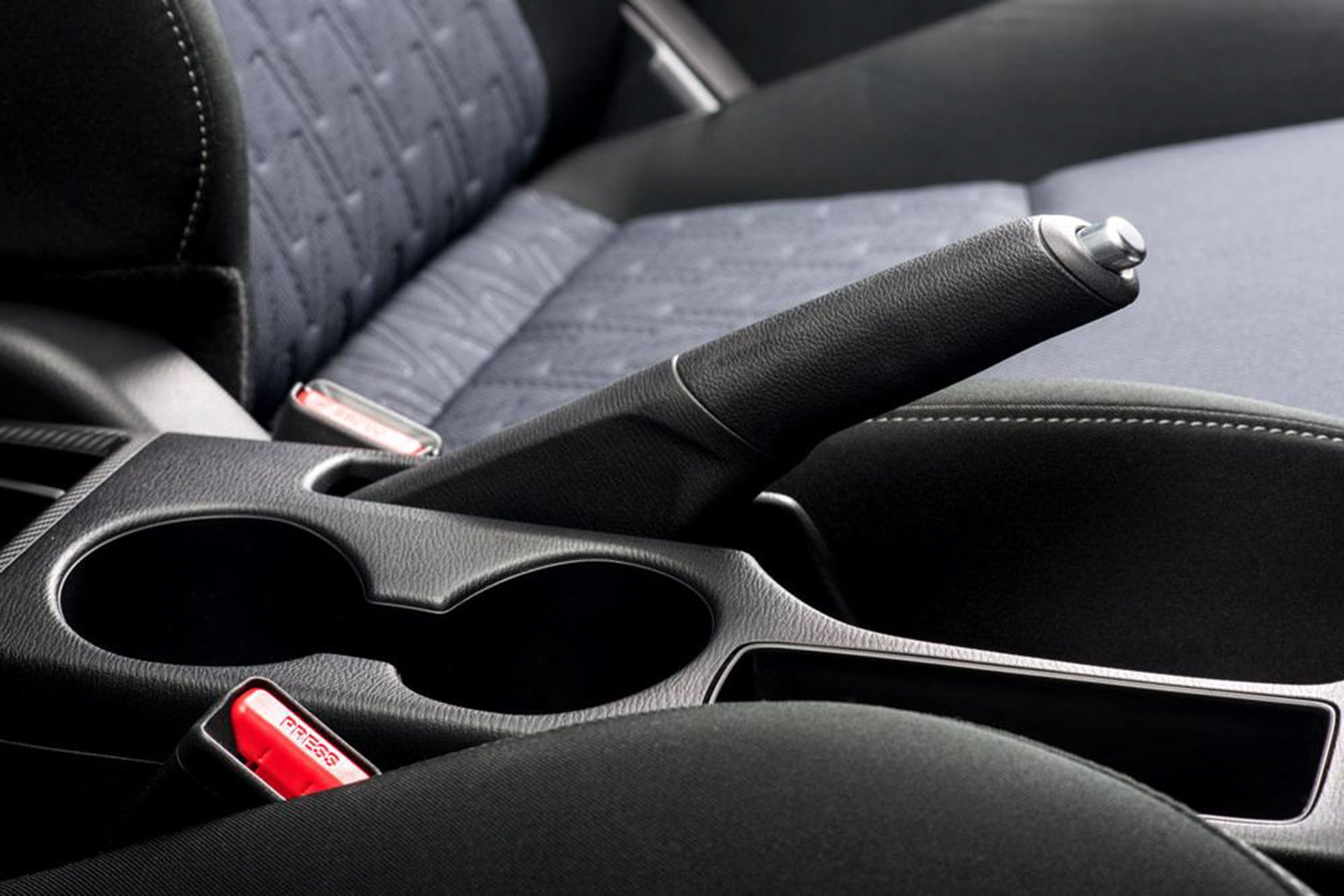
Mr. Ha warns that this puts the entire weight of the car on a small mechanical pin inside the transmission, called a "parking pawl" - which is only designed to hold the car still, not to bear a heavy load. Over time, this excessive pressure can cause the pawl to wear out, break or deform, causing serious damage to the transmission, even preventing the car from shifting into gear.
Although many people know this, many drivers still ignore it, leading to costly repairs at the garage. A simple but effective solution is to always pull the handbrake before shifting the gear lever into P, especially when parking on a slope.
Shifting gears constantly in traffic jams
In traffic jams, constantly shifting between D (drive), N (neutral) or R (reverse) is something many drivers will do unconsciously. However, this is an extremely harmful habit for the gearbox, especially for cars using automatic transmission.
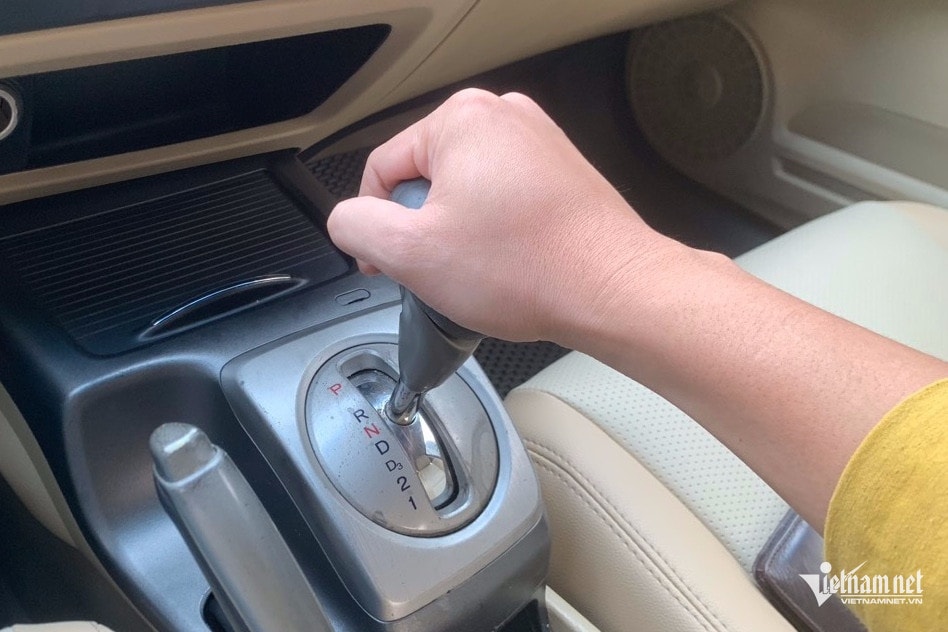
Engineer Ha said: "Continuous gear shifting will cause the gearbox oil temperature to increase, reducing lubrication, increasing friction and causing wear on transmission parts. Therefore, this is also one of the silent causes of rapid wear and tear on car gearboxes."
Mr. Ha recommends that users should take advantage of manual mode if the vehicle supports it, to control gear shifting more effectively when going slowly or stopping, helping to reduce pressure on the gearbox.
However, users should also note that the quality of the gearbox of each car model depends on the design and manufacturing materials. For example, some car models equipped with dry dual-clutch gearboxes are more prone to problems than other types of automatic transmissions.
Shifting gears before the car comes to a complete stop
Many drivers have the habit of shifting from R (reverse) to D (forward) or vice versa while the vehicle is not completely stopped. This will inadvertently create a lot of pressure on the internal gears, causing the transmission to bear unnecessary load.
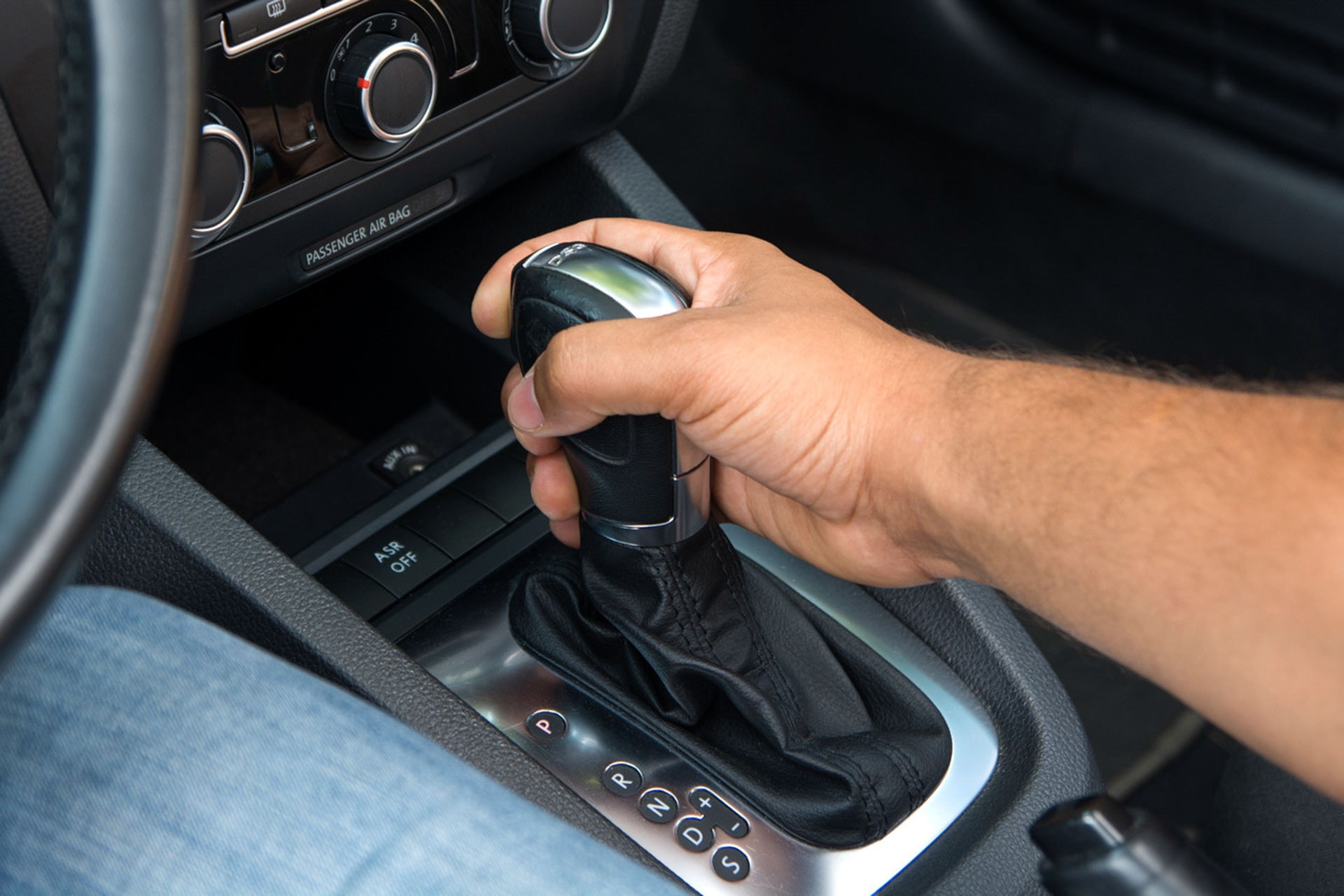
According to engineer Nguyen Van Ha, if this action is only performed a few times, it may not cause obvious consequences, but if the driver abuses it as a habit, it will quickly reduce the life of the gearbox. With automatic transmission vehicles, gears should only be shifted when the vehicle has completely stopped. In particular, when shifting to P, the vehicle must be stationary to avoid damaging the gear lock.
Ignore the transmission fault light
The transmission fault light has a gear icon with an exclamation mark in the middle, but this warning does not mean that the transmission is broken, but rather a reminder of a harmful factor.
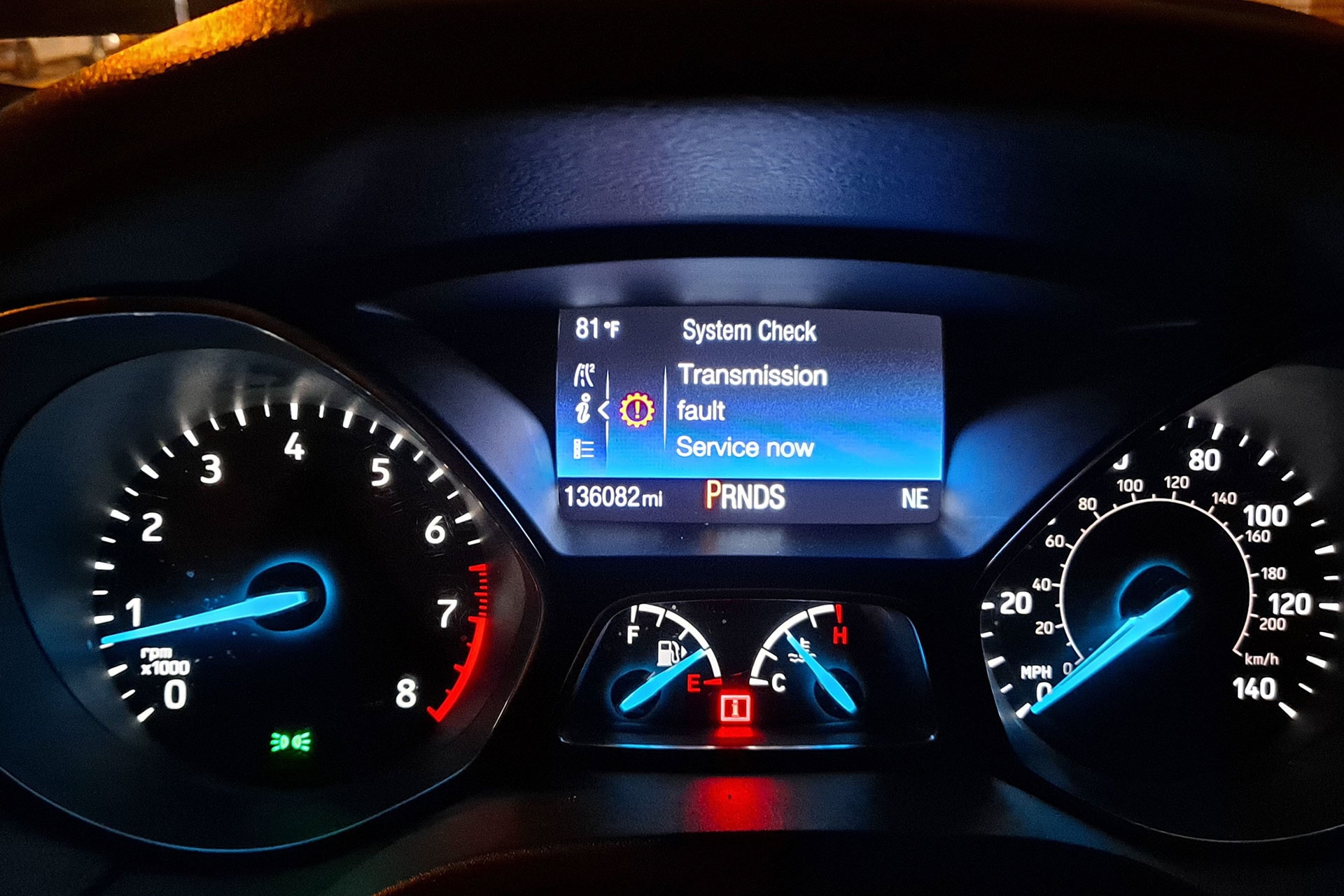
However, many drivers ignore this warning light because they think it is just a software error. In fact, this is an early warning sign that helps drivers detect problems before they become serious.
Don't let small mistakes turn into big consequences.
Although some car models are prone to gearbox failures due to design, most failures of this part mainly come from the user's usage habits. To avoid "spending tens of millions" in repair costs, change the gearbox oil regularly, always pull the handbrake when parking on a slope, only shift gears when the car has stopped and limit operation in conditions of prolonged traffic jams. Don't let the gearbox become a "victim" of subjectivity!
Source: https://baonghean.vn/5-thoi-quen-tai-hai-cua-nguoi-dung-khien-hop-so-o-to-nhanh-hong-10295993.html


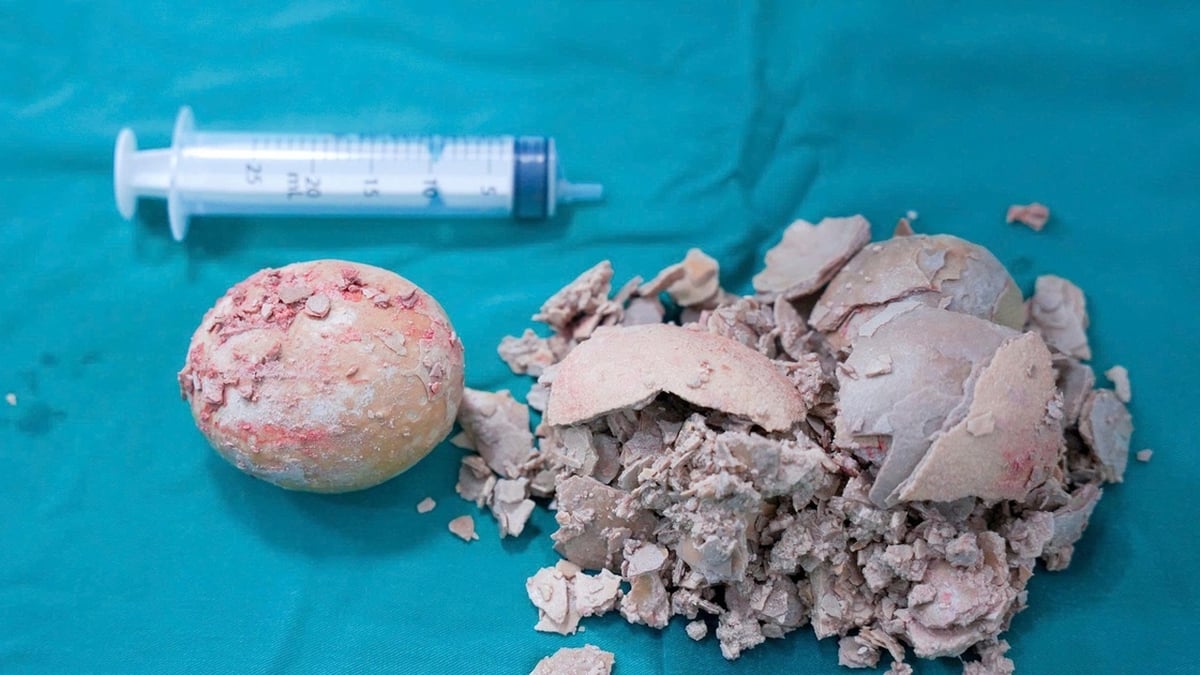








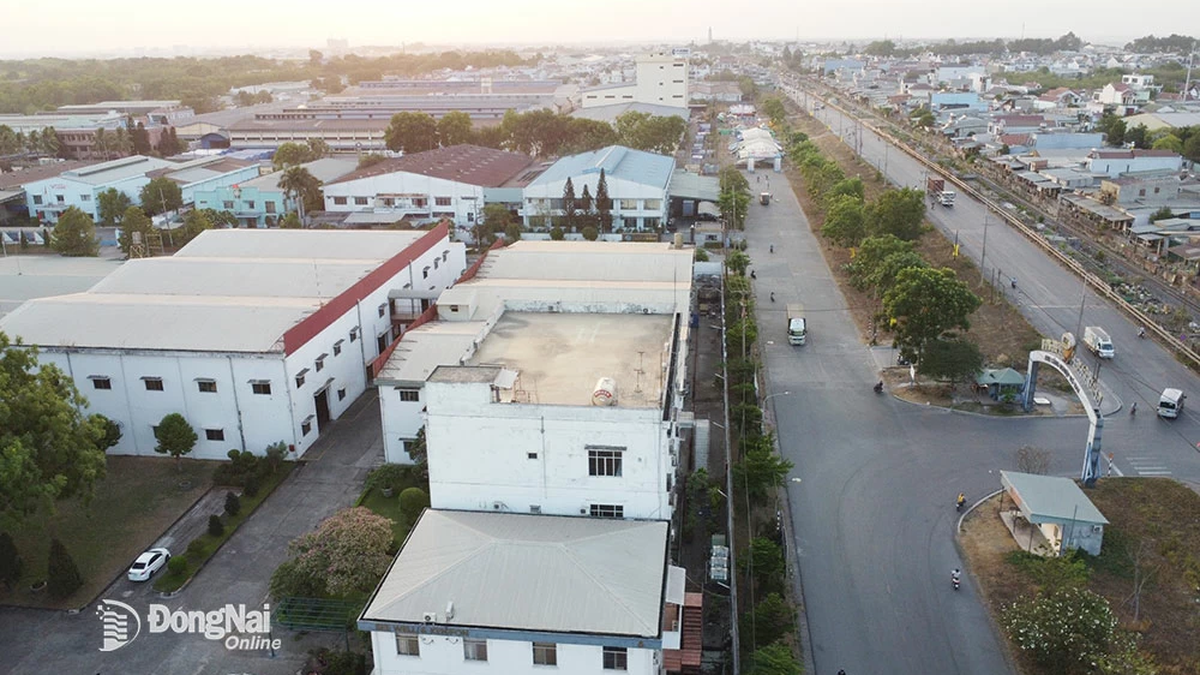








































![[Maritime News] More than 80% of global container shipping capacity is in the hands of MSC and major shipping alliances](https://vphoto.vietnam.vn/thumb/402x226/vietnam/resource/IMAGE/2025/7/16/6b4d586c984b4cbf8c5680352b9eaeb0)













































Comment (0)